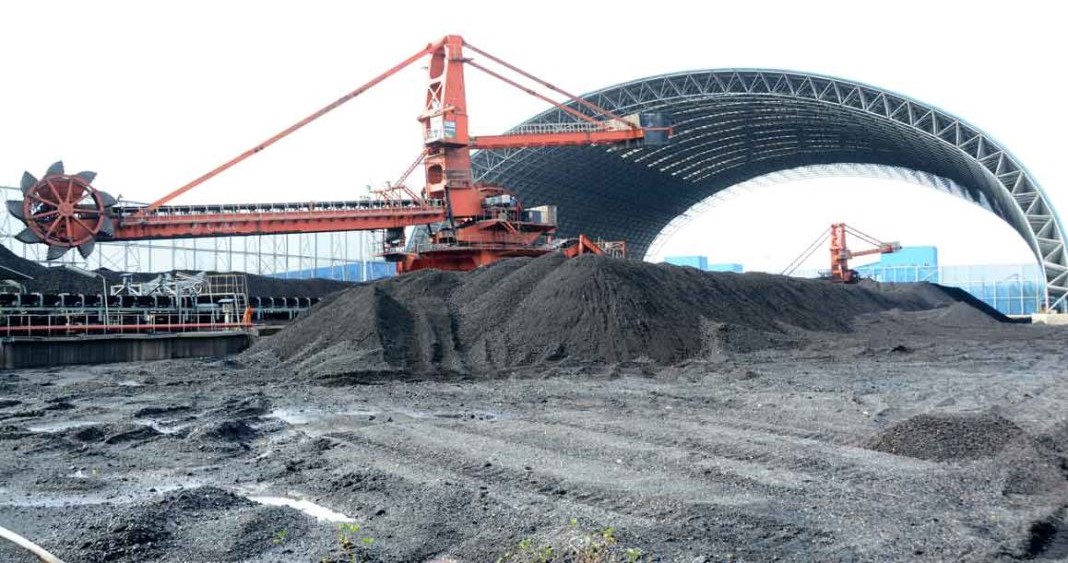HCMC – Prime Minister Pham Minh Chinh has approved a plan to phase out coal-fired electricity by 2050, accelerating Vietnam’s transition to cleaner energy sources.
Decision No. 266/QD-TTg outlines targets for reducing coal use. By 2030, authorities will install carbon capture systems at outdated coal plants and consider shutting down 540 megawatts (MW) of capacity, including Pha Lai Plant (440MW) and Ninh Binh Plant (100MW), reported the Government news site (baochinhphu.vn).
Vietnam will promote the co-firing of biomass and ammonia in coal plants to lower emissions. Operators will gradually transition to these fuels as part of the country’s push for renewable energy.
The nation aims to expand renewable energy production, with hydropower and other renewables expected to account for 29.2-37.7% of total electricity output by 2030.
The Government also plans to complete the Ninh Thuan nuclear power project within five years to strengthen energy security and reduce environmental impact.
By 2045, Vietnam will replace at least 1,160MW of coal-fired capacity with clean energy. Coal plants operating for over 20 years will shift to co-firing biomass and ammonia, covering a total of 18,642MW. An additional 6,990MW will fully convert to these alternative fuels.
By 2050, at least 3,335MW of clean energy will replace coal-fired power. Plants that do not transition will either shut down or install carbon capture systems. The total conversion of coal capacity to biomass and ammonia is expected to reach between 25,632MW and 28,832MW.
These transitions are part of Vietnam’s broader efforts to align with global low-carbon initiatives. The Government will seek domestic and international resources to support the shift, gradually reducing emissions through clean energy technologies.
The plan also includes decommissioning outdated coal plants and implementing climate policies to meet Vietnam’s commitment to net-zero emissions by 2050.









